GSA Alliant 2 Small Business (A2SB)
First Round
Background
Alliant 2 and Alliant 2 SB (A2SB), a Best-in-Class GWAC that is preferred governmentwide solution, offers artificial intelligence (AI), distributed ledger technology (DLT), robotic process automation (RPA), and other types of emerging technologies. It provides best-value IT solutions to federal agencies, while strengthening chances in federal contracting for small businesses.
GSA’s Alliant 2 GWAC is a multiple-award, indefinite delivery, indefinite-quantity (IDIQ) Governmentwide Acquisition Contract (GWAC) offering complete and flexible IT solutions worldwide.
Summary Description of A2SB
The Alliant 2 Small Business GWAC will provide Federal Government agencies with integrated Information Technology (IT) solutions for evolving needs on a global basis. This Master Contract allows for the application of technology to meet business needs including the ability to perform all current, leading edge and/or emerging IT services required to satisfy all IT services requirements anywhere and anytime worldwide.
Integrated IT solutions are comprised of IT components below:
- Infrastructure
- Application Services
- IT Management Services
- Cloud Computing
- Big Data & Big Data Analytics
The scope of the Master Contract includes every conceivable aspect of IT Services, including but not limited to:
- 3-D Printing Integration
- Big Data
- Cloud Computing
- Context-aware Computing
- Critical Infrastructure Protection and Information Assurance
- Cyber Security
- Data-Centers and Data-Center Consolidation
- Digital Government
- Digital Trust and Identity Integration and Management
- Digitization and Imaging
- Energy and Sustainability Measurement and Management
- Enterprise App Stores and Mobile Security
- Enterprise Resource Planning
- Integration Services
- Internet of Things
- IPV6 migration & upgrades
- IT Helpdesk
- IT Operations and Maintenance
- IT Services for Healthcare
- IT Services for Integrated Total Workplace Environment
- Mobile-Centric Application Development, Operations and Management
- Modeling and Simulation
- Network Operations, Infrastructure, and Service Oriented Architecture
- Open Source Integration and Customization
- Outsourcing IT Services
- Sensors, Devices and Radio Frequency Identification (RFID)
- Software Development
- Virtualization
- Voice and Voice Over Internet Protocol (VOIP)
- Web Analytics
- Web Application & Maintenance
- Web Services
- Web Hosting
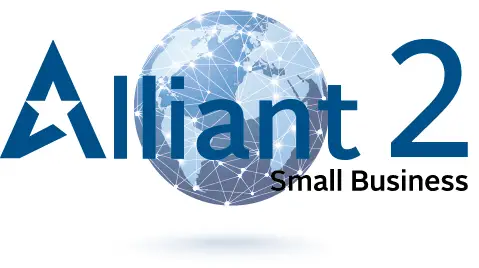
Alliant 2 SB in a Nutshell
Item |
Details |
|---|---|
| Agency: | General Services Administration |
| Office: | Federal Acquisition Service (FAS) |
| Location: |
GSA/FAS Center for IT Schedule Progr.
|
| Solicitation Number: | QTA0016GBA0002 |
| Contract Period: | 5 year base period, one 5-year option |
| Type of Contract and Award: | CR, FFP, T&M, LH, Hybrids of any contract type |
| Number of Awards: | 80 – Will be 120 in the new round |
| Contract Value: | $15 Billion ceiling for all contracts combined. |
| Small Business Utilization: | Size Standard: $27.5 Million (is now $30 Million) |
| NAICS Codes: | 541512 – Computer Systems Design Services |
| Scope: | Components of an IT Solution are considered: 1. Infrastructure 2. Application Services 3. IT Management Services 4. Cloud Computing 5. Big Data & Big Data Analytics |
| Solicitation Page on Beta.SAM.gov: | A2SB Solicitation |
| GDIC Webinar on A2SB Replay: | A2SB Rebid (September 19, 2019) |
| GDIC Articles: | 1. Alliant 2 Small Business (A2SB) Solicitation (Sep-2019)
2. Still undecided on GSA Alliant 2 SB? Here are some suggestions…(Jul-2016) 3. GSA Alliant 2 SB – Got left out of the July 12th Conference? Here is another chance. (Jul-2019) 4. GSA Alliant 2 RFP – Teaming is Allowed, BUT Should You? (Jun-2016) 5. GSA Alliant 2 RFPs Released – What Is New? (Jun-2016) 6. Alliant 2 – Lessons learnt from VETS 2 (Jun-2016) 7. GSA Alliant 2, the largest ever Health IT vehicle, is coming in June. Are you ready? (May-2016) |
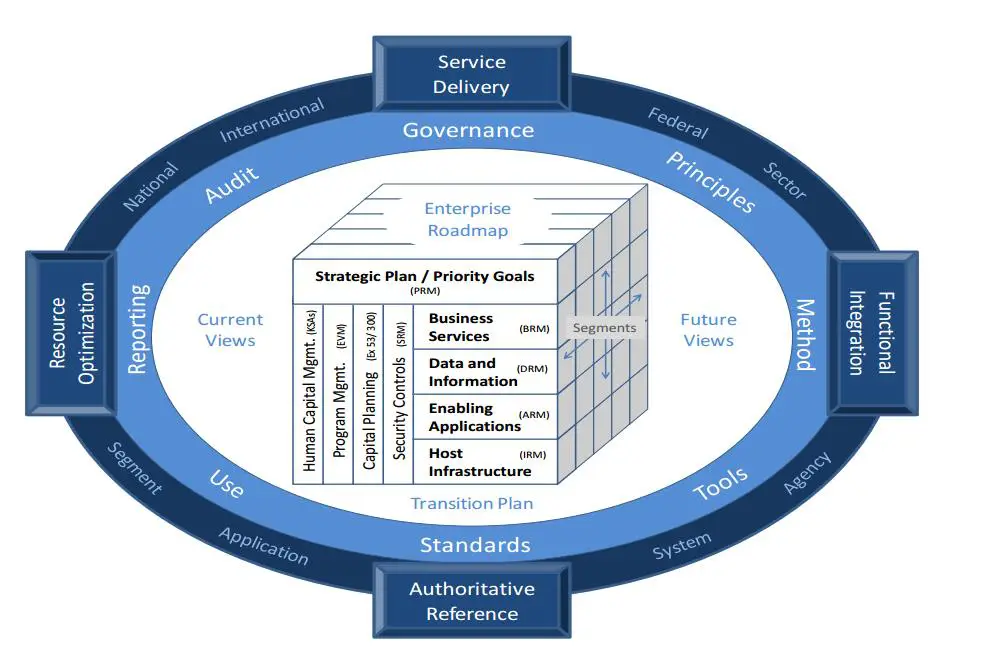
Alliant 2 – Federal Enterprise Architecture
Evaluation Criteria for A2SB
Basis for Award:
Highest Technically Rated Offerors with a Fair and Reasonable Price. This means that they will first rank the offers based on the score and once that is verified, then check the pricing.
Basis of Score:
Maximum Points Scored were 83,100 (remains the same for the next round of bidding as well). This is divided based on the following factors:
- Relevant Experience Projects PSC related – 33,500 points
- Leading Edge Technologies Experience – 7,500 points
- Past Performance – 15,500 points
- Systems, Certifications, and Clearances – 17,100 points
- Organizational Risk Assessment – 7,500 points
Evaluation Procedures:
According to the solicitation, the evaluation process will be divided into two phases, where only the contractors that pass the first one were able to continue with the competition. The steps in the process are:
Step 1:
- The first step in the evaluation process by the Government was to order the offers from highest score to lowest score solely using each offeror’s Document Verification and Self Scoring Worksheet.
- The evaluation team would establish the preliminary top 80 (it is going to be 120 in the next bidding round).
- A screening process of the Top 80 is done to verify that a support document exists for all the evaluation elements.
- The evaluation team would then initially verify that those top offerors up to a maximum of 80 awards had also successfully passed all of the Acceptability Review requirements of the solicitation. (Any Offeror in the Top 80 based upon score, who fails the Acceptability Review, would be removed from consideration and the next highest rated Offeror(s) based upon score who passes the Acceptability Review would be added in the eliminated Offerors place.
- The evaluation team would then evaluate and verify the support documentation for each and every evaluation element that the Top 80 have stated in the Offeror’s Document Verification and Self Scoring Worksheet.
Step 2:
Once the Top 80 highest scored offers were evaluated and validated, the evaluation team would then check to verify that these Offerors had proposed fair and reasonable pricing.
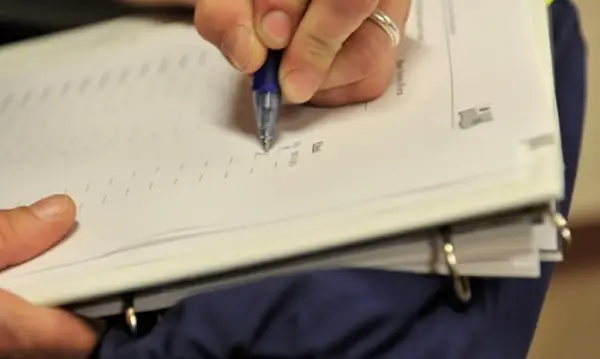
Problems & Challenges
As in other self-scoring solicitations, preparing a winning proposal for Alliant 2 may seem trivial in the beginning, but as you get familiar with the requirements and the fierce competition there is to win an Alliant contract, you realize there are challenges that you need assistance to overcome. Experience has shown that the main reasons for being unsuccessful in winning an Alliant contract are:
- Compliance
- Misunderstanding the requirements
- Delay in getting proper signatures from COs
- Not maximizing your score (e.g. through partnering)
- Not substantiating your score properly
- Stretching the scores too far (leads to disqualification)
- Not submitting the proposal correctly
Every one of these loss factors present a serious challenge to the offeror, but the strongest challenge comes from the first one: Compliance. This is where the offerors usually don’t place much importance, but the statistics show that a great majority of disqualifications were based on non-compliance issues.
The next challenge is knowing how to maximize your score, and how to substantiate you claims. Far beyond mere attention to details, tackling this challenge very much rests upon experience with self-scoring proposal system, especially those posted by GSA.
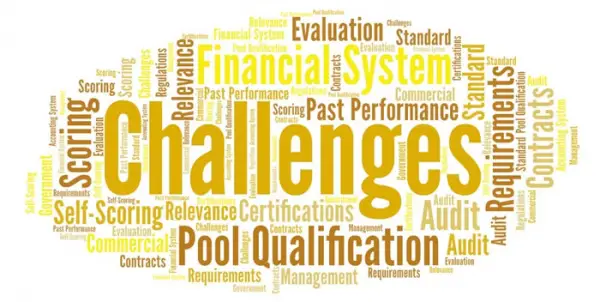
GDIC Solution Methodology
GDIC had completed over 100 self-scoring proposals and has had a 92% win-rate on those that were awarded including 100% win-rate on our HCaTS proposal that were announced in Fall 2019. As for Alliant 2 SB, we helped 8 companies (100%) win on the initial award which was later rescinded by GSA. This experience has been valuable asset that enabled us to develop a win strategy for our clients including the Alliant 2 SB.
Alliant 2 SB Win Strategy
For the Alliant 2 SB, our win strategy consisted of the following elements:
- Past Performance was the most important criteria when selecting projects. It is the most valuable assets that a contractor can bring in to win a contract as well, so extracting the maximum points out of each past project is critical in maximizing the score.
- Maximize the use of commercial projects: many companies thought that their commercial project have little value in this solicitation. On the contrary, this presented an opportunity for many contractors, who had been active in the commercial sector and had just recently been involved in government contracts, to jump into the government contracting wagon.
- Maximizing the score through our specially developed tool for scoring system and assessment – GDIC’s “A2SB Self-Scoring Matrix” – which allowed us to prioritize projects based on their score and also find gaps to maximize the score.
- Making full use of partnering and multiple partners. Finding partners that fill the gaps in the scoring was very important. GDIC helped its clients find the right partner for maximizing their scores.
- Get the COs to help with evaluation and proper signature
- Finally, and most importantly, check and double-check Compliance in whatever we did in this solicitation for our clients
To complement the above win strategy elements, and as with our other self-scoring proposal such as HCaTS and OASIS, our solution for A2SB solution consisted of four components:
- Agile Project Teams: we assigned a dedicated team to each client. Each team followed an agile project management methodology, dividing the job into very short tasks and meeting every day to discuss and finalize the results.
- A2SB Self-Scoring Matrix: this tool was especially developed for A2SB proposals, and was a great help to both our clients and our proposal teams in identifying gaps and planning and advancing their proposal strategy.
- Seamless Client Communication: responsiveness and smooth communication channels between our teams and their clients played a key role in transferring the problems and deficiencies and resolving them in a timely and satisfactory manner.
- Compliance Review: To respond to challenges that compliance with the requirements presented, we formed a central compliance audit team to review each proposal at three milestones and made sure the team was on the right track in terms of responding to what GSA asked in the RFP.
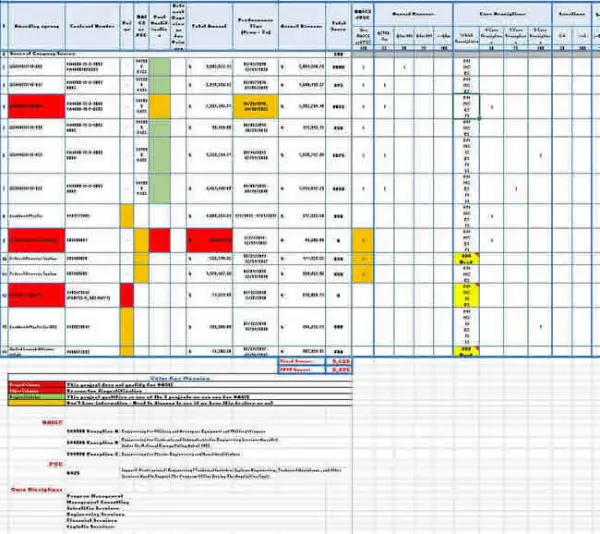
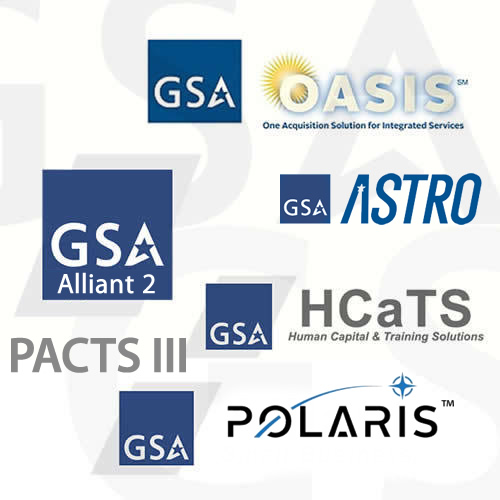
Why GDIC Excels?
General Services Administration is a major source of US government business opportunities in all sectors of industry. In recent years, GSA has been using more of the new contracting vehicle and solicitation evaluation framework called Self-Scoring Proposals rather than from the traditional proposals mainly consisting of Management, Technical and Pricing section. By getting the contractors involved in the scoring process so that they become better aware of their strengths and weaknesses, GSA hopes that the outcome of this process is higher quality and better managed contracts at lower costs to the government. However, the new system has its complexities, and very few contractors can take advantage of the full potential of these solicitations to secure contracts.
GDI Consulting has been working on GSA proposals for years, and is an expert in Self-Scoring contract vehicles, both from GSA (e.g. OASIS, Alliant, Polaris, and HCaTS, Astro, OASIS Plus, PACTS III) and other agencies (e.g. SEC OneIT, T4NG) with over 200 proposal completed and many wins. We provide consultation, proposal development, and proposal review services at different stages of its development. So, whenever you decide to enter into a Self-Scoring federal bid, let our vast experience bring out the best of your corporate assets and professional capabilities and support you in winning your desired contract.
